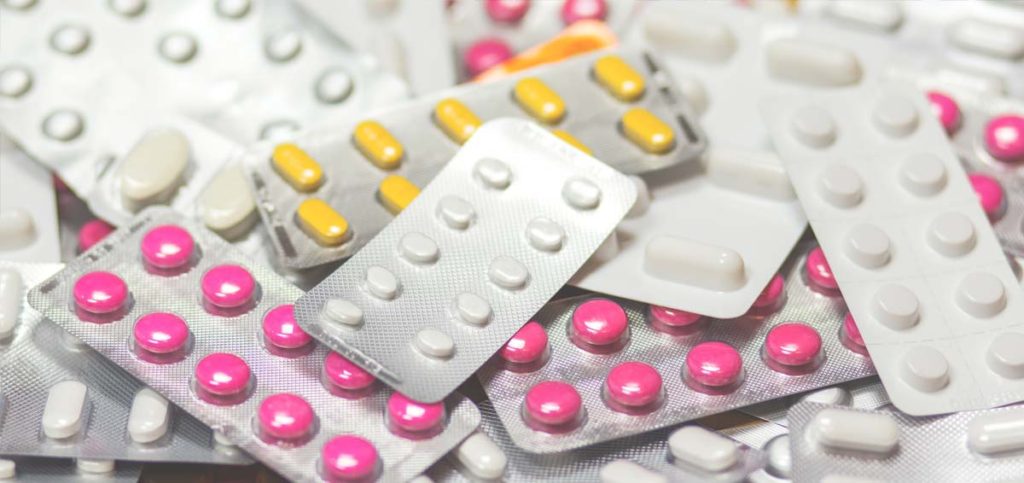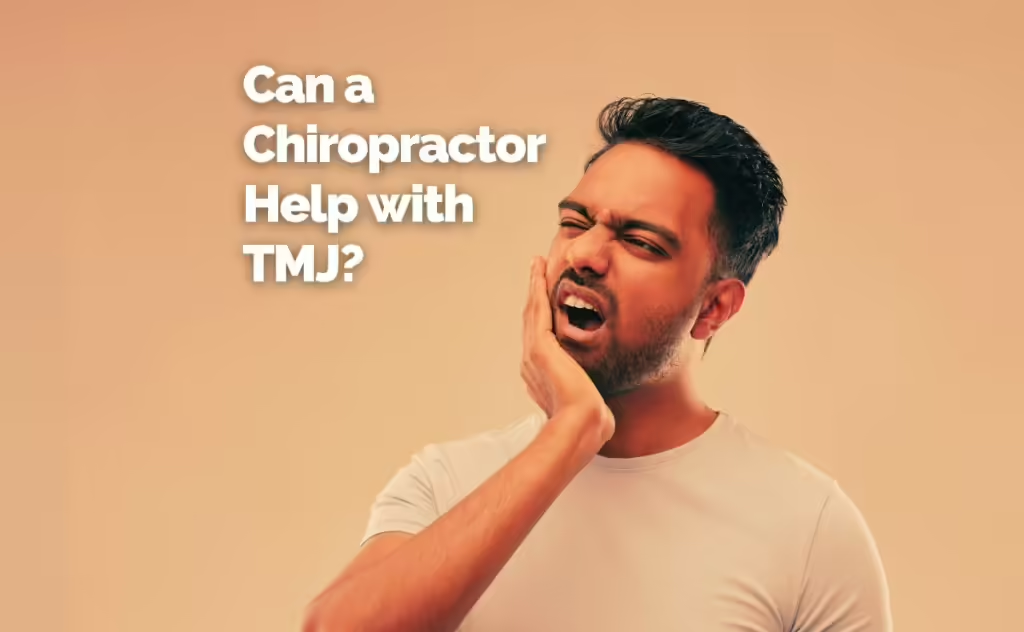A Problem Of Epidemic Prescriptions
In 2017, The American College of Physicians (ACP) updated their guidelines for their doctors who have patients with acute or chronic low back pain. In these guidelines they recognize the harmful and addictive effects of long term drug use, especially with the opioid drugs that you have been hearing so much about in the news these days.
What do they recommend instead of drugs? Physical treatments. Non-invasive treatments. Since most back and neck pain is from mechanical functional problems, they recommend a physical and functional approach to caring for the back pain.
The ACP published these guidelines in the Annals of Internal Medicine, and they are based upon evidence gathered form randomized controlled trials and observational studies. They recommend that if you have back pain, that you seek the attention from offices like ours. While they didn’t specifically recommend Rincon Chiropractic Acupuncture & Massage in their write up, they must have been thinking about us. Listed in their recommendations, they suggest patients try:
- Massage
- Acupuncture
- Spinal Manipulation
Once these options have been exhausted should doctors resort to a pharmaceutical approach. The other option being, and I shudder to think of this, surgery. According to their guidelines, prescription opioid drugs should be a last resort for low-back pain, as the risk of addiction and overdose outweighs the benefits.
Prescription drugs that numb pain may mask the true nature of your back and neck pain. Most spinal pain is mechanical or neuropathic. Poor posture, muscle imbalances, injury to joints and discs create a non-specific pain that responds well to manipulative therapies. The exact types of therapies you’ll find in a chiropractic office. We restore normal spine motion, relax tight muscles, and strengthen weak areas. Do this, and you’ll go far in taking care of your pain.
Nobody is more qualified than chiropractors practicing the art and science of chiropractic medicine to care for your back and neck pain. Chiropractic doctors are trained to diagnose what’s wrong, and treat the nuances of your problem with precise skill, and best practice follow through using researched guidelines.
The back pain industry is moving away from opioid drugs such as oxycontin, MS-contin, and oxycodone. These drugs that are wrecking lives and communities. Deaths involving opioids have quadrupled since 1999. 14,000 people have died from overdoses in 2014. 2 million people have been abusing and have been dependent on opioids in 2014. The Centers for Disease Control (CDC) says that 1 in 4 people given opioid drugs for cancer pain end up struggling with addiction.
This Is Your Brain On Opiod Drugs
Opioids are a true gateway drug. Fentanyl is a synthetic anesthetic that is designed to have a quick and powerful effect on pain. It blocks pain receptors called mu-opioid receptors in your nervous system. In addition, while it will take 300mg of heroin to kill you, it will only take 3mg of fentanyl. The War at Home, written by Paul Solotaroff says that fentanyl is responsible for a growing trend of overdoses in America. In his article written in Men’s Journal in November 2017, he follows law enforcement around his community of Manchester, NH. Solotaroff explains the latest generation of drug users on the streets started out taking drugs for legitimate pain-reliving reasons. However, they quickly and insidiously started losing control of their impulses for more. Consider this comment regarding firsthand experience taken from Ars Technica:
“For some folks—and I’m one of them, unfortunately—opiates very quickly bring on a feeling of wonderful, poignant, intense euphoria. It’s a feeling like being warm, except instead of physical warmth it’s an emotional warmth. It’s like being softly enfolded in a blanket of feeling like everything is going to work out wonderfully, even if you’re actually feeling pretty cruddy about life.
And there’s a physical component to it, not just emotional—a humming undercurrent of goodness that attaches itself to and flows through every part of your body. Everything just feels good. You’re comfortable no matter what you’re doing. If you’re actually injured and taking the pills for that injury, the pain is dulled and put into a little box, and you can ignore the box and not look at it if you want. If you’re taking the pills and you’re not injured, the effect is magnified because you don’t have pain to overcome.
Everything is…super interesting, and super exciting. The video game you might be playing is literally the most entrancing, uplifting, fun, vibrant, enjoyable game you’ve ever played—and while you’re playing it, you don’t want to ever be doing anything else. The twitter feed you’re reading is more fascinating than the best novel you’ve ever read. The twitch stream you’re watching is the most profound, most important thing you’ve ever seen.
An opiate high makes you feel hopeful, because it makes everything not just interesting, but good. If you’ve got nothing to look forward to on a Tuesday afternoon except coming home after work/school to a dirty empty house and eating a frozen dinner and playing video games until you fall asleep, an opiate high makes that afternoon into something profound, fun, enjoyable, purposeful, and meaningful. It flows in between the gaps and cracks in what would otherwise be soul-crushing boring routine and fills them in with light and joy and sparkling star-stuff and makes you feel awesome about whatever you’re doing.
And, at least for me, after 5 or 6 hours of bliss, the high slowly fades into a beautiful heavy-limbed drowsiness and I can then sleep soundly for 8-10 hours and wake up feeling incredibly refreshed, with a slight echo of the previous day’s high.
I am not joking when I say that if I had access to an unlimited supply of opiates, I’d take them every day. Absolutely, 100%. Because they’re f*cking awesome.
And that terrifies me.”
This sobering account should prompt you right away to avoid these drugs. If it’s not scary enough, take a look at the subreddit called r/opioids where users of Reddit discuss the best way to get their next drugs. Also, they write about how they can best function in society while they try not to crash from their high. These opioid drugs have a powerful and dangerous influence on the brain. How they can take over one’s life is truly frightening.
The Future Of Pain Relief
The profession of chiropractic medicine has a real long-term, non-addictive solution. Chiropractic is a non-drug profession that combines spinal manipulation appropriately applied and physiotherapeutic techniques like soft tissue work. This can also extend to corrective and therapeutic exercise and advice on care you can do at home. We have massage and acupuncture in our office, which helps round out the recommendations from the ACP.
Chiropractic care is known for success in treating low back pain, neck pain, and headaches. It’s how we spend our day, and it’s what we think about at night. We have bookshelves on physiotherapeutic techniques, and computers full of current published studies on neck pain. The list goes on and on. With chiropractic offices in every town and city, anyone should be able to access the care that they need. The profession of chiropractic has the infrastructure in place to help deal with this problem nationwide. If this is truly a nationwide emergency, for the greater-good of public health, we need to start using chiropractic offices as therapeutic outposts.
-Dr. Todd Lloyd



